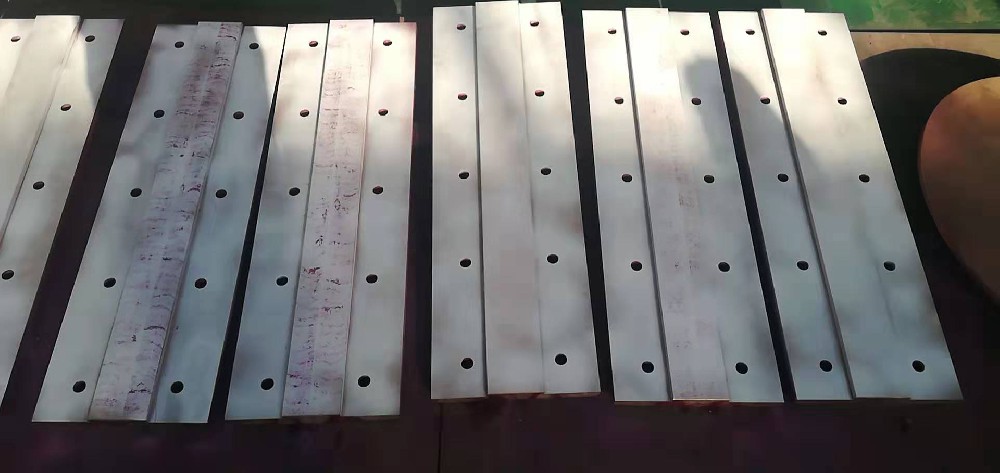Color flaw detection (also known as penetration flaw detection) is a common non-destructive testing method mainly used for detecting surface defects of copper bushings, such as cracks, porosity, welding defects and so on. The method is carried out by applying a coloring penetrant to the surface of the inspected workpiece, penetrating into the defects, and then making the defects visible through the developer.
Advantages of coloring flaw detection:
High sensitivity: able to detect tiny surface cracks and other surface defects of copper bushings, high sensitivity, especially suitable for detecting fine defects on the surface of metallic and non-metallic materials.
Wide range of application: it can be used for a variety of materials, such as metals, plastics, ceramics and other non-porous materials, and it is applicable to copper bushings of various geometries.
Simple operation: the equipment requirements are not high, the required materials and equipment are relatively simple, suitable for on-site or workshop use.
Low cost: compared with other non-destructive testing methods (such as ultrasonic testing or X-ray testing), the cost of coloration flaw detection is low, especially suitable for high-volume testing.
Direct display of defect location: the test results are intuitive, the defect location is directly displayed in the imaging process, easy to observe and analyze.

Disadvantages of color flaw detection:
Can only detect surface defects: penetrant can only enter the open surface defects, can not detect internal defects or defects located below the surface of the copper sleeve, the limitations are large.
High surface cleanliness requirements: the surface of the copper bushing must be kept clean and free of grease, rust or other contaminants, otherwise it will affect the penetration effect of the penetrant, which in turn will affect the accuracy of the test results.
Not applicable to porous materials: color flaw detection cannot be used on porous materials (e.g. some castings) because the penetrant will enter the natural pores of the material and cause false defects.
Longer inspection time: a multi-step process is required (cleaning, applying penetrant, waiting for penetration, cleaning, visualization, etc.), and the whole process is time-consuming, especially when the inspection area is large, the efficiency will be reduced.
Summarize:
Color flaw detection is suitable for detecting a variety of copper bushing surface defects with simple operation and low cost, but its limitation is that it can only detect surface problems and requires thorough cleaning of the workpiece surface. It is an effective initial screening method for high-volume surface quality inspection, but for internal defects or more complex defects, it needs to be combined with other NDT methods.
| Previous:What are the steps for Dye Penetrant Testing (DPT) of copper bushing? | Next:What is the difference between plastic and copper alloys? |




 Copyright © 2022
Copyright © 2022